Haleakala and Mauna Loa are two of the most prominent volcanoes in Hawaii, with each having its own unique characteristics and geological features.
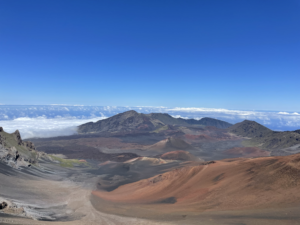
REMEMBER TO USE LOW GEAR WHEN DRIVING DOWN FROM HALEAKALA CRATER!!
Haleakala is located on the island of Maui and stands at a towering 10,023 feet tall. It is considered a shield volcano, which means it has a broad, sloping shape and is formed from lava flows that are relatively thin and runny. The lava flows from Haleakala are primarily basalt, which gives the volcano a smooth and even appearance.
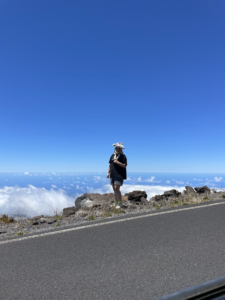
Rare Species at Haleakala
One of the most notable features of Haleakala is its large crater, which is over seven miles long and two miles wide. The crater is home to a variety of plant and animal life, including several rare and endangered species.
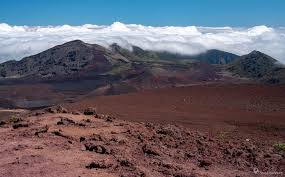
Haleakala’s Crater of Red Dirt
In contrast, Mauna Loa is located on the island of Hawaii and stands at an impressive 13,679 feet tall. It is classified as a stratovolcano, which means it has a more conical shape and is formed from thicker, more viscous lava flows. The lava flows from Mauna Loa are primarily andesite, which gives the volcano a more rugged and rough appearance.

Mauna Loa’s latest eruption
Mauna Loa is known for its long and frequent eruptions, with the most recent occurring this year. The previous eruption was in 1984. It is also the largest volcano on Earth in terms of mass and volume, with its slopes extending over 75 miles from the summit to the ocean floor.
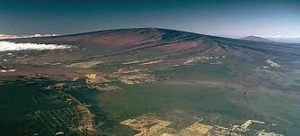
Massive Mauna Loa
Both Haleakala and Mauna Loa are popular tourist destinations, with visitors coming from all over the world to experience the unique beauty and geological wonders of these volcanoes. Haleakala offers breathtaking views of the surrounding landscape from its summit, while Mauna Loa offers visitors the opportunity to hike through its rugged and beautiful terrain.
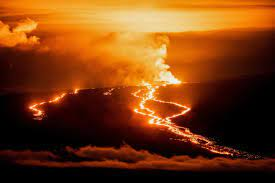
Mauna Loa’s 2022 eruption
Overall, Haleakala and Mauna Loa are two of the most iconic and awe-inspiring landmarks in Hawaii, and are a must-see for anyone visiting the islands.

Make sure to check on park fees and availability before making the long drive up.
Haleakala National Park fees and alerts: https://www.nps.gov/hale/planyourvisit/fees.htm


